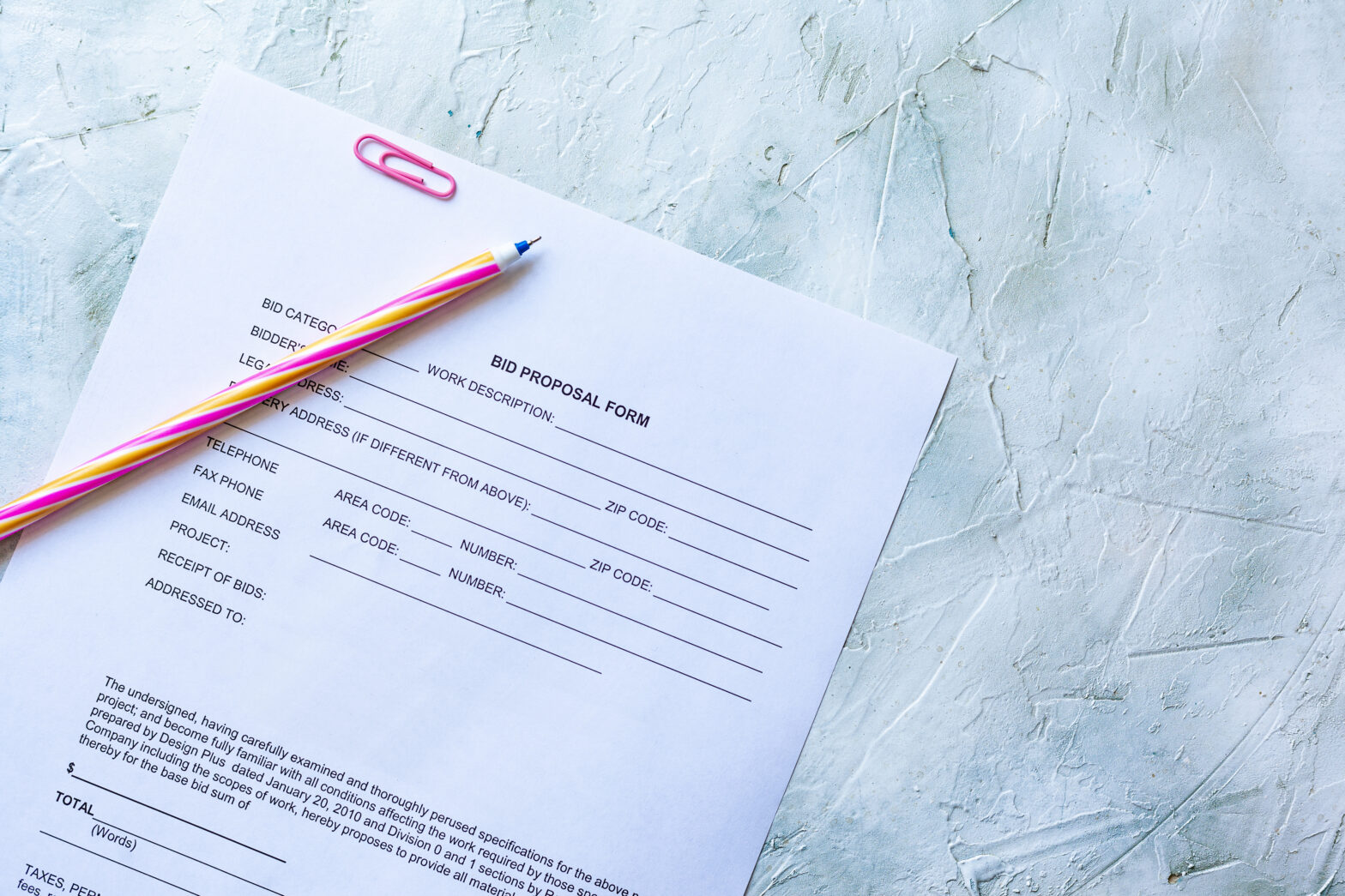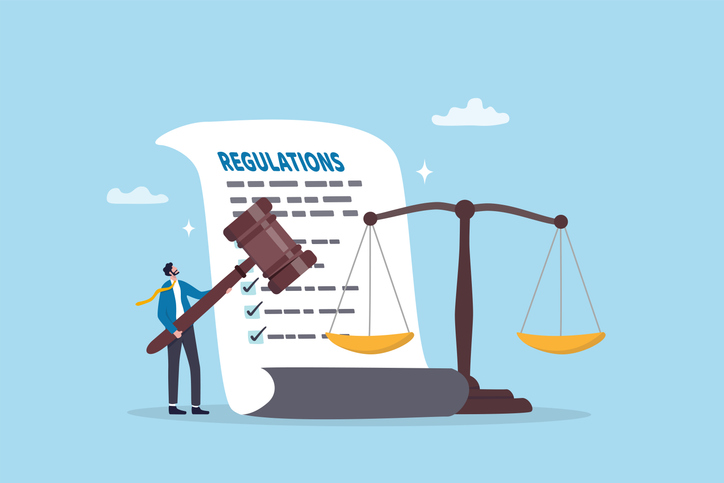Love it or hate it, health and safety at work is here to stay and all business owners have a legal obligation to ensure that their staff are working in an environment which is both physically and psychologically safe.
As business owner you have a duty of care towards your staff, regardless of the number of employees within your organisation. Many business owners believe that only once you have more than five employees are you required to pay attention to health and safety. The magic number five comes from the fact that you need to have a documented health and safety policy once you have five employees, but that doesn’t mean you don’t need health and safety as you are growing your business.
The nature of your business may determine the extent to which you implement policies and procedures and even which policies and procedures you need, but as a starting point we recommend that your contract of employment is written requiring all employees to take responsibility for their own health and safety and that of colleagues, customers, suppliers and any other third parties.
We also suggest that they are required to internally report any health and safety issues which they themselves cannot deal with.
>See also: How to fill the health and safety knowledge gap in your business
Health and safety – what’s required?
Some businesses will require risk assessments from day one. Examples might include a cleaning company with employees using chemicals, a food outlet with kitchen and food preparations, or a gardening business using power tools. It is essential that you put in place the protocols to protect your staff, your customers, and your business. A breach of health and safety regulations can be a very costly affair, especially if the breach results in an accident or fatality.
In November 2021, Fairline Yachts in Leicestershire was fined £230,000 and ordered to pay costs of £7,410 after one of their employees had his hand crushed by a falling cage after it was lifted incorrectly. The incident occurred in December 2018 and the court found that the operation had not been properly planned by a “competent” person, appropriately supervised or carried out in a safe manner. The fallout from such an accident is not only permanent injury to an employee, but a lot of stress, financial and reputational damage to the company.
‘Health and safety is a living, breathing and evolving entity’
Many people think that the tightening of health and safety legislation is “health and safety gone mad”, however the rules usually get tightened because of serious incidents and in an effort to prevent such incidents occurring again.
As a business owner, you are fully responsible for your company’s health and safety. You can either appoint a competent person internally, educate yourself or appoint an external consultant to support you. The model you choose will be determined by the nature of your business and the potential level of risk.
There are five key stages to managing health and safety within any business:
- Policies and procedures are legal, well defined and properly documented
- Your policies and procedures are communicated to all employees, new starters and any relevant third parties
- People are trained appropriately
- The policies and procedures become embedded in your culture and standard operating procedures
- Your health and safety is reviewed on a regular basis to ensure it is still fit for purpose and updated as required
Policies and procedures
Your policy should be written depending on the nature of your business and the risks which may occur. Your policy sets out what your commitment is, and your procedures describe how you are going to deliver the commitment and the processes which will be followed.
Communication
There is no point in having a wonderful policy if no one knows about it. Contracts of employment, employee handbooks, internal operating procedures and signage all have a vital role to play in ensuring that people know what is expected of them.
Training
Appropriate training is essential. It may be ensuring that your competent person is competent, your first aiders have up to date qualifications, your fire wardens have regular refreshers and your mental health first aiders are comfortable with their role and responsibilities. If your staff are working at heights or lifting heavy objects, ensuring they are able to do so safety is an essential part of your policy and procedures.
It may be necessary to bring in external trainers or to send people on courses or to purchase an online programme. Whatever mechanism is right for your business, ensure that your staff are properly trained and where necessary qualified.
See also: Should you be outsourcing health and safety for your small business?
Culture
In some businesses this will come more naturally than in others, but health and safety should be embedded in the culture of the whole business. Small examples are ensuring fire doors are shut and fire extinguishers are not used as door stops.
Review
Health and safety is not a one-off activity which is then filed away. It is something which is a living, breathing and evolving entity in your business, which the recent Covid pandemic has highlighted this in ways most business owners could never have imagined.
The dreaded risk assessment
To create Covid-safe working environments, every employer had to carry out risk assessments and then display the Government poster telling employees and relevant third parties what they had done. In practice this is no different to what most businesses should have been doing anyway, but often didn’t.
The primary tool for managing health and safety effectively is a risk assessment.
The Health and Safety Executive (HSE) has an extensive website with a lot of free and useful resources. You can download an appropriate risk assessment template from its website. Be aware, it is just a template and needs to be used and completed with proper consideration to ensure that it is appropriate for your business. You must consider the nature of your business and your specific environment.
When carrying out risk assessments, it is important to understand the different terms used:
- A hazard is something with the potential to cause harm
- A risk is the likelihood the harm will occur
The HSE recommends employers follow five basic steps in conducting risk assessments:
- Step 1: look for the hazards
- Step 2: decide who might be harmed and how
- Step 3: evaluate the risks and decide on the adequacy of existing precautions
- Step 4: record your findings
- Step 5: review and revise the assessments as necessary
Step 1: Look for the hazards
Identifying hazards can be done by walking around your workplace, consulting with employees and keeping records of any hazards found. The range of hazards present will depend on the nature of the business, but could include:
- physical hazards, e.g. machinery, noise, electricity, fire, vibration, working at height, etc
- ergonomic hazards, e.g. working space, workstation layout, repetitive movements, etc
- chemical/substance hazards, e.g. asbestos, cleaning detergents, paints, chemicals, etc
- biological hazards, e.g. bacteria and viruses
Step 2: Decide who could be harmed and how
The regulations require the risks to both employees and non-employees to be considered in the risk assessment. Therefore, where appropriate, risks to customers, clients, contractors, members of the public and service users – e.g. students or patients – need to be documented.
Employers must also identify people who may face an increased risk and the HSE specifically identifies expectant and new mothers, as well as young workers. If you have employees or third parties with disabilities, you will need to ensure the risk to these people is also identified in the risk assessment. An example may be a wheelchair user who can’t use the lift in the event of a fire.
Step 3: Evaluate the risks and decide on the adequacy of existing precautions
It is often hard to measure and rate risks as it can be quite subjective. To ensure as much objectivity as possible, a system of scoring is often used. A commonly accepted formula is:
Risk = Likelihood x Impact
Both likelihood and impact are scored from 1–3 where 1 is low and 3 is high.
Every hazard identified should be scored from 1–3 for both criteria and the risk will therefore range from 1–9 where a hazard with a risk score of 1 is not likely to occur, but if it does the impact is minimal and a hazard with a risk score of 9 is highly likely to occur and if it does, the impact will be severe.
Some organisations will then colour code the risks using a traffic light system making it easy to identify the biggest risks which need mitigating factors put in place.
Step 4: Record your findings
Employers with five or more employees are required to record, in writing, the findings of their risk assessments. There is no specific statutory form which has to be used, however, “significant findings” of the risk assessment must be recorded. These will include records of the precautions already in place to reduce the risks and any further action taken or to be taken to reduce the risk.
The findings must also provide enough detail to prove that a “suitable and sufficient” risk assessment has been carried out. This will include:
- details of the work
- equipment or process being assessed
- the people at risk
- the hazards involved and the level of risk.
Step 5: Review and revise assessments as necessary
As identified above, managing health and safety is not a do it once and forget it business activity. Risk assessments must be regularly updated, especially if there were risks identified which needed to be managed. As well as having a regular review schedule perhaps half yearly, it may be necessary to carry out interim reviews and updates as a result of any of the following situations:
- an incident or accident has occurred for a hazard that has already been assessed for risk
- an incident or accident has occurred for a hazard that has not previously been assessed
- the workplace is reorganised
- a new process or new technology has been introduced
- there is a significant change in the law
Psychological health and safety
When people talk about health and safety, they are usually referring to the physical environment in which people are working.
But there is also a legal obligation on employers to ensure the working environment is psychologically healthy and safe.
This may involve risk assessments, especially when employees are working in high pressurised environments or on their own as loan workers.
However, an organisation also needs to have policies and procedures in place to prevent bullying, harassment and discrimination all of which can have severe repercussions on an employee’s mental health. Like with other health and safety policies, documentation, communication and training are essential.
If the environment in which employees are working is toxic and unsafe, an employee can bring a claim for breaches in health and safety legislation as well as employment law. Employers must ensure zero tolerance of any toxic, unacceptable behaviour and any breaches of these policies must be dealt with immediately under the company’s disciplinary policy.
Health surveillance
In addition to risk assessments some employers may be required to provide employees with health surveillance. This is a health check, usually provided by a medical practitioner for employees working in specific environments. Typical medical checks may include blood tests, lung function and/or clinical examinations for physiological or psychological effects of the work.
Health surveillance is also specifically required by other regulations, such as the Control of Vibration at Work Regulations 2005, the Control of Lead at Work Regulations 2002, the Control of Substances Hazardous to Health Regulations 2002 and the Control of Noise at Work Regulations 2005.
Donna Obstfeld is founder and HR specialist at HR practice DOHR





